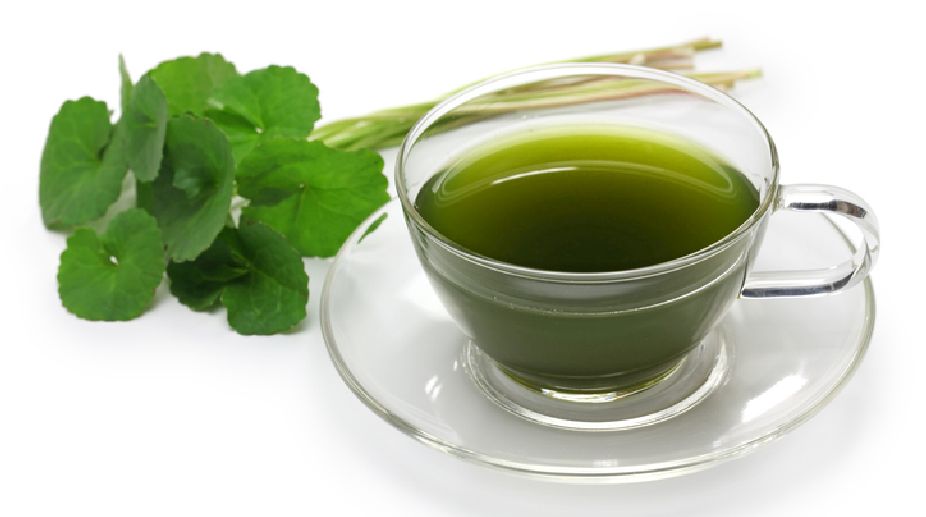Indian pennywort or Centella Asiatica is a small perennial plant that crawls to grow into a good green spread. It grows wild and well in warm places and is commonly found in low lying areas. Although its origin is traced to India and called Brahma Manduki in Hindi, it is commonly found in several countries across Asia. This ancient and traditional green herb became popular as health food owing to its many nutritional and medicinal properties. Today, it is used in many exotic Asian cuisines.
The tiny leaves of Indian pennywort or Gotu kola as it is also called, which look like tiny lotus leaves, are said to purify the blood, treat diabetes, Alzheimer’s, asthma, cure anxiety, skin diseases and other ailments.
Advertisement
How it is eaten
Unlike other plants, the whole part of the pennywort can be eaten raw. It tastes a little bitter and tangy. The fresh form of its roots, stems and leaves are finely chopped and used in salads. Also, the leaves are mashed or boiled to make pennywort tea and drinks with added sweeteners or salt.
How to make pennywort salad
Non-veg pennywort salad: Indian pennywort salad is popular in parts of Northeastern India. The finely chopped pennywort is added to a mix of thinly shredded smoked meat, small pieces of chopped tomatoes, green chillie and paste of garlic and black mustard sauce with salt to taste. Fermented fish sauce is also added for flavour and taste.
Veg pennywort salad: Fresh pennywort leaves are added to a mix of bean powder, boiled black grams and finely sliced cabbage and onions, which is then mixed with a chutney paste of dried long red chillies, salt and garlic. The leaves can also be added to mashed potato and tomato salad.
The health benefits of eating Indian pennywort
As it works as a blood purifier, it is good for the skin and overall health.
It helps to lower cholesterol and blood pressure and reduces the risk of heart diseases.
As it lowers the blood sugar level, it helps to treat diabetes as well.
It is highly effective in treating cold and cough.
It prevents blood clots and improves blood circulation.
Owing to its antibacterial properties, it treats urinary tract infections and stomach or skin infections
Its anti-inflammatory property also helps to treat muscle cramps and joint pains.
The benefits and its use are many according to different cultures and ways of cooking across the Asiatic region. However, according to ancient knowledge, excess consumption of it can cause damage to health. So take it in moderation.











